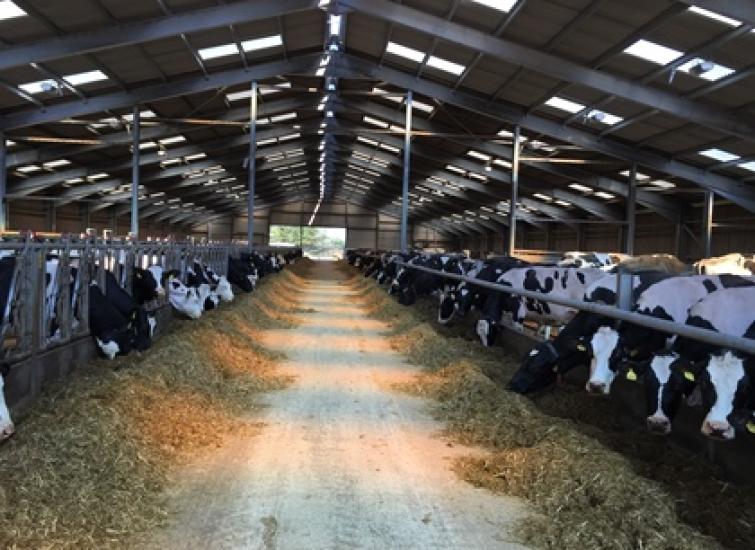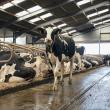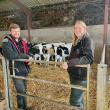Do you know your cost of production?
Ruminant Nutritionist, Mark Gorst, urges farmers to focus on production costs to help them understand the profitability of their business.

Do you really know your cost per litre? If you don’t measure, how can you manage costs and understand the profitability of your business? We advise farmers to have a long-term plan to accurately budget income and expenditure. Figures also need to take into account family labour and the provision for retirement. If you’ve not determined your costs on paper then why not introduce this five-point plan?
Five Point Plan
- Identify what your current cost of production is
- Set targets for your herd by variable cost grouping
- Single out the variable costs that could be improved
- Work with your vet and nutritionist to create a plan to improve
- Monitor the results, make changes and monitor again
Figure 1: Estimated typical rolling costs for 12 months ending May 2019 (published August 2020).

Note the following
These estimates are based on the 2018/19 financial year, which was unusually costly for spring calvers - the drought in summer 2018 pushed up feed and forage costs significantly for these herds. Their costs have fallen since but may still be comparable to the recent uncertain times and in the increase in raw material price we are seeing now.
The top and middle 50% are ranked on net margin after total full economic costs of production. Cash only fixed costs exclude unpaid family labour and depreciation. They include actual rent and finance costs. Full economic fixed costs include value of unpaid family labour, depreciation, rental value of owner occupied land and imputed finance costs.
In the first instance, we recommend identifying which variable costs need to be brought back in line, as these could be your largest bottlenecks. If you take steps to rectify these first, they will have the biggest impact. After reviewing those costs there may be scope to improve feed efficiency, vet and medicines, which make up the lion’s share of variable costs - approximately 60%.
Considerations for change
1. Feed
Reducing the cost of feed per tonne will reduce the cost of production but does this help margins for the long term? Possibly not, since it may result in the quality of the product being compromised. When introducing bulky feeds such as draff, and brewers grains; ask if they will deliver a cost effective alternative to concentrates and forage? Also ask if forages are in good supply and quality and what are the bulky feeds being used for?
2. Home grown forages
Look to increase production from home grown forages. As we’ve already mentioned, if your forages are good quality and you have more than enough to fulfil your farm’s requirements, there is a strong case to utilise these more effectively. Gradually increasing the forage portion of the diet at the expense of concentrate will reduce the cost of the concentrate portion. For example, increasing the forage portion by 10% from 51% to 61%, then the concentrate feed rate will reduce by 0.07kg/l and margin improve by 1.1ppl. If this exercise is done gradually then milk production should not be affected. There may be changes to the hard feed portion of the diet - protein and starch levels to ensure the diet stays in balance. Alongside this, plan for the future by introducing an appropriate reseeding programme to ensure each ley is being used to its optimum production.
3. Vet and Medicines
Improve fertility by reducing your calving index. Reducing by 30 days will result in the equivalent of one extra milk cheque per year.
Improve mobility. If your cows have good locomotion they will eat more, an increase in DMI by 1kg per day should result in at least a 1 litre increase. Reduce mastitis. Average mastitis cases are costing £191 per case or 2.3ppl for that cow’s lactation.
Too often farmers are paying bills for vet and medicines without taking a step back to look at the root causes. Reducing the impact of unhealthy cows can have a significant impact on milk production. Once you’ve started to monitor the true cost of production, then you’ll be able to get a handle on your herd and start to understand the true profitability and potential of your business.
Our Ruminant Nutritionists are on hand with financial models to help determine your costs. They can also offer a Free Farm Evaluation to help you figure out those bottlenecks, so we can work together to improve efficiencies on your farm. Please contact us on 01524 263 139 if you would like further information.
〈 BACK














